NAME
Title





Project types you have been involved in (possibly avoid mentioning any specific projects that could be politically charged discussion points)


• Types of people you interact with on a daily basis
• What you enjoy best about being a planner
• What attracted you to planning?
• What attracted you to planning?

• How did you get into


There are many different kinds of planners:
• Community planners build consensus in the community on how it should grow, and how each piece of land around a city should be used.
• Environmental planners make sure that important natural features of a community are protected.
• Transportation planners plan a city's transportation system: roads and highways, railroads, bike paths, and sidewalks.
• Other: affordable housing, economic development, and historic preservation.

Whether specialists or generalists, most planners share a common set of skills:

• involve all affected parties in important planning decisions;
• help communities to develop their own vision of the future, preparing plans responsive to shared community objectives;
• analyze qualitative and quantitative information to suggest possible solutions to complex problems;
• evaluate the cost-effectiveness of proposed projects and plans;
• and present recommendations to public officials and citizen groups in a comprehensive and understandable way.
• Introduction

• Key to the Community
• As the Planner Sees It: Role Play
• Future in the Planning Process
• Wrap-up.
• Ask questions.

• Pay attention.
• Participate.
v Expectations
• Be respectful and professional towards other students.
• Be creative!
• Have fun!
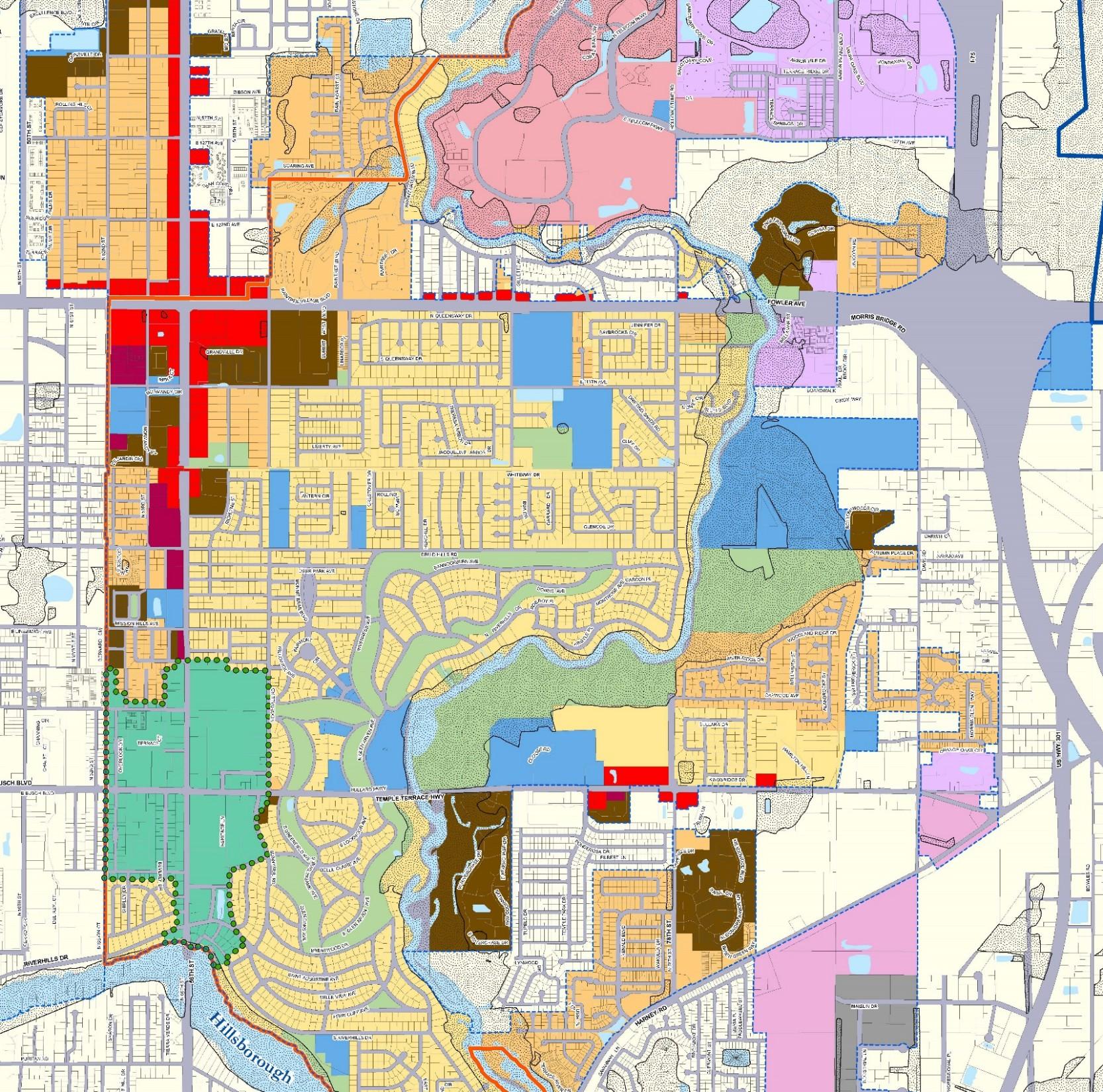

How do you think maps are used in community planning?
• Decide where businesses go

• Decide what businesses go where
v
• Decide where nature preserves and parks go
• Plan transportation
• Decide where public services can go
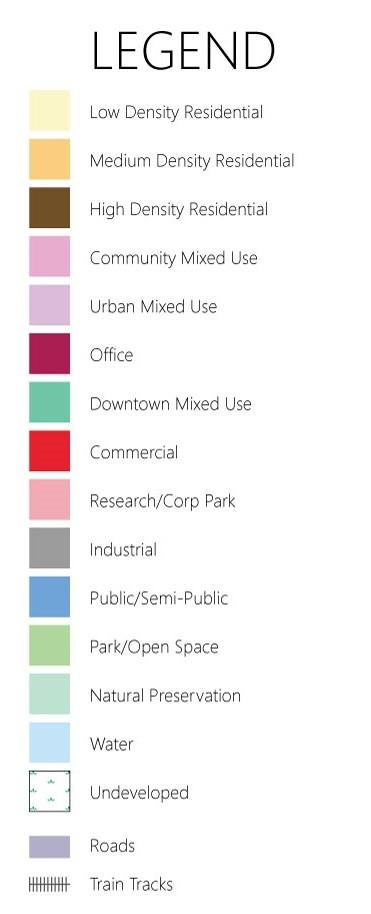

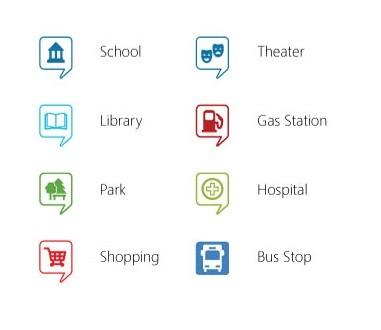



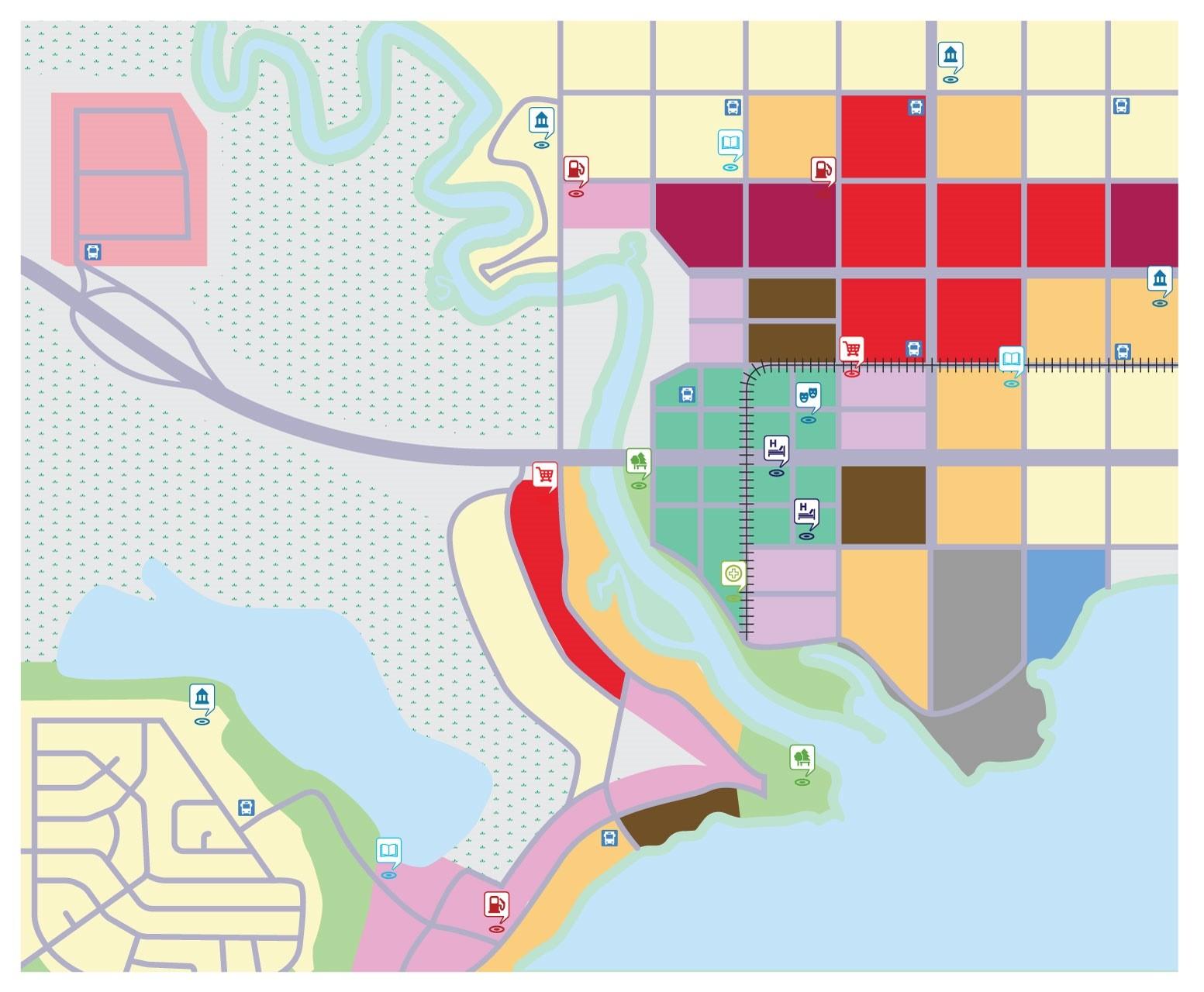







Why do you think each community element would be so far from or central to others?

Are there any features of the way that the map is laid out that you recognize from your community?
v
Thinking of your community, what are some reasons that things like highways run through different types of areas (e.g. commercial, residential, etc.)?
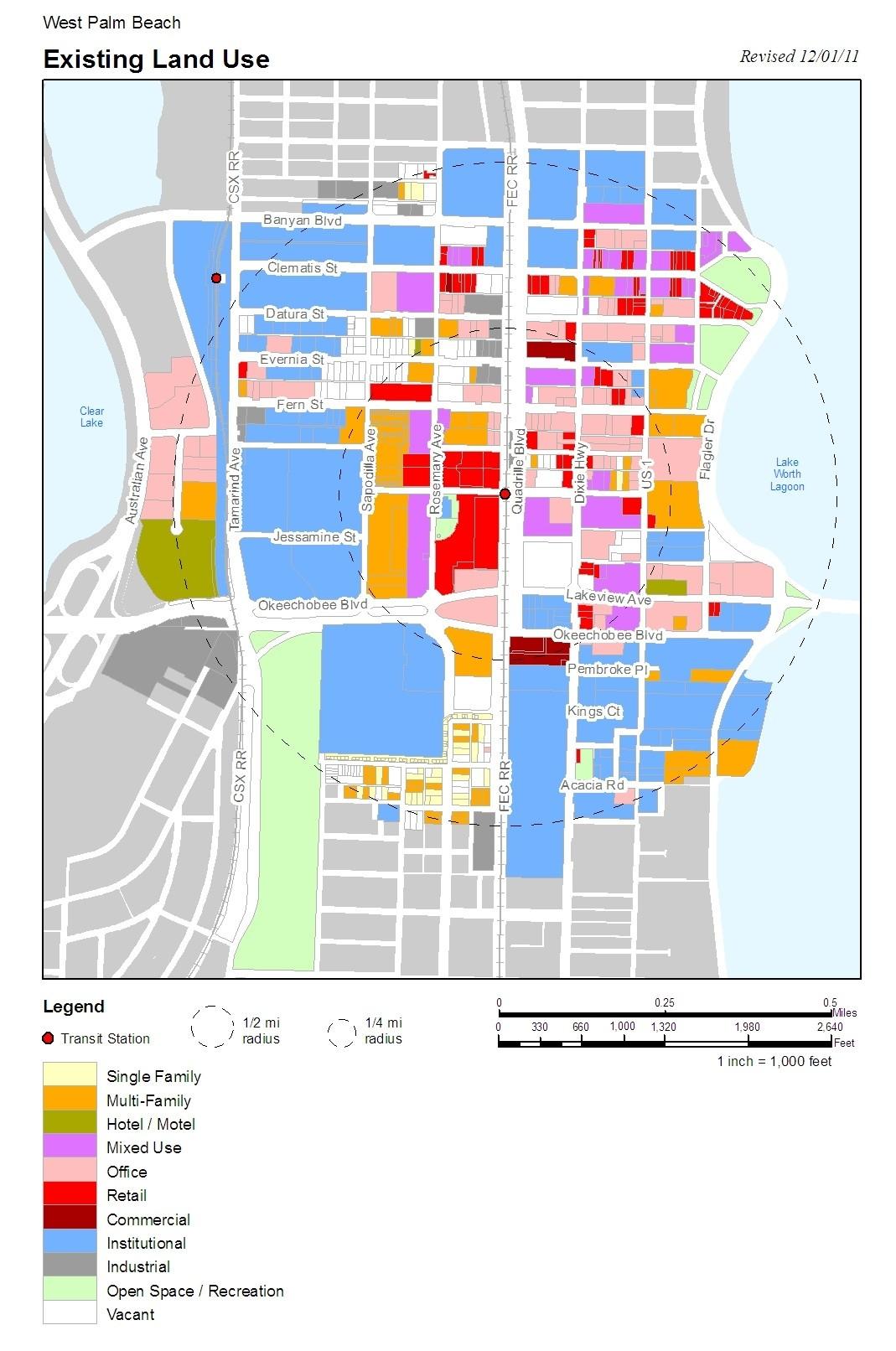


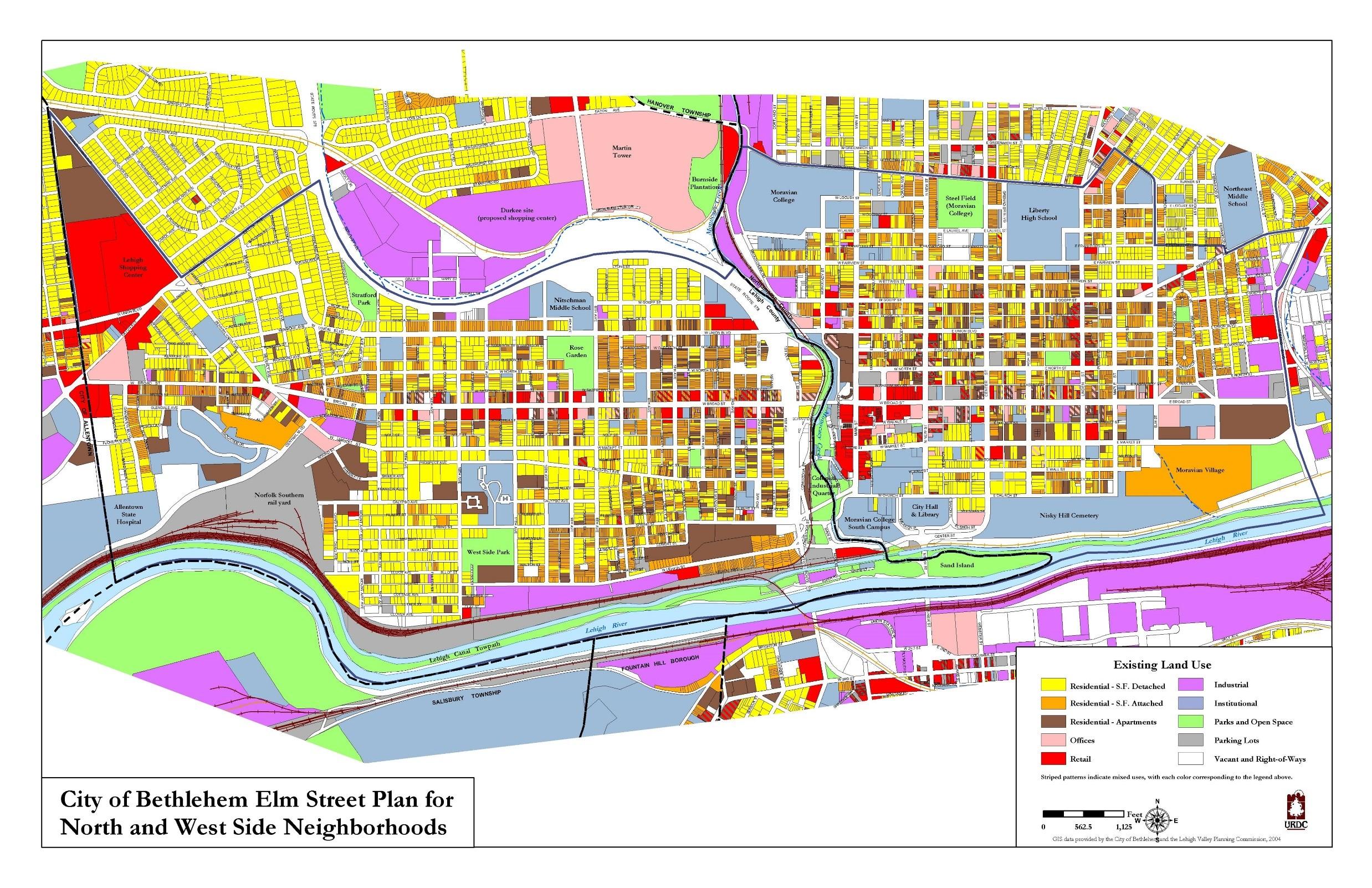
















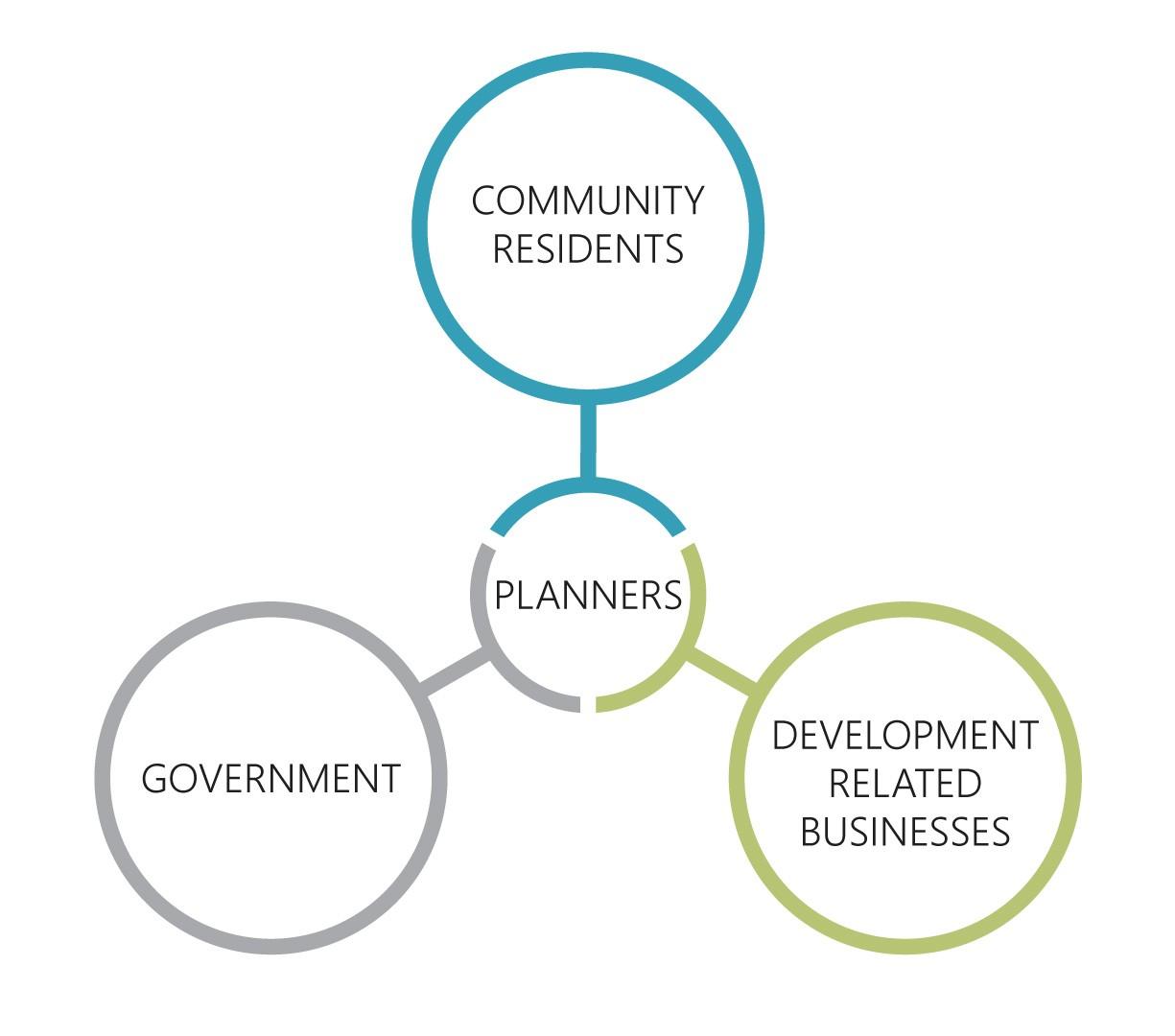

Time: 12 Minutes

• Each group will have a unique challenge and unique roles.
v
• It’s your job to work together to assumer these roles and devise unique solutions for your community. Be creative and good luck!


• What kind of need is there for that kind of project?
• What motivation do you have given your role play card?
• How will this benefit the community?
• How does this solution impact other stake holders?
• How does your community handle this kind of situation?


Elected officials – City council, County commission. Government Departments (Public Works, Utilities, Transportation, Wastewater, Stormwater, Parks and Rec, etc.)
State and Federal agencies
Developers
Large property owners
Builders
Developers attorneys
Private planning or development
consultants
Individuals
Business owners
Neighborhood Associations
Non-profit organizations (environmental, social service, healthcare, etc.)
Churches
Schools



Pre-application consultation with staff and community management

Application circulated by staff


Applicant submits complete application

Preliminary report to Community Council







Application revision and resubmission by applicant



Response to applicant by staff


Recirculation, consultation, revisions, finalization and staff report




Public meeting at Community Council
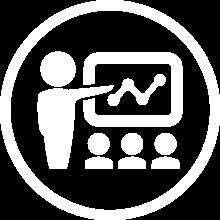


Opportunity for appeal to Municipal Board


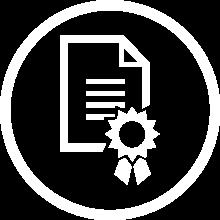
Official Plan amendment/By-law effect
There are many types of jobs within the planning profession.

Examples:
• Land Use Planner: Land Use Planners create programs and plans for land development and usage.
• Transportation Planner: A transportation planner is someone who works alongside government agencies to select and develop plans to organize transportation options.
v
• Economic Development Planner: An economic development planner assists in supporting the City's economic development program and redevelopment activities.
• Natural Resources Planner: They are responsible for planning related to the environmental impact of city infrastructure and city policies. They also work to develop city codes and ordinances required to comply with State requirements (BMAP and TMDL).




